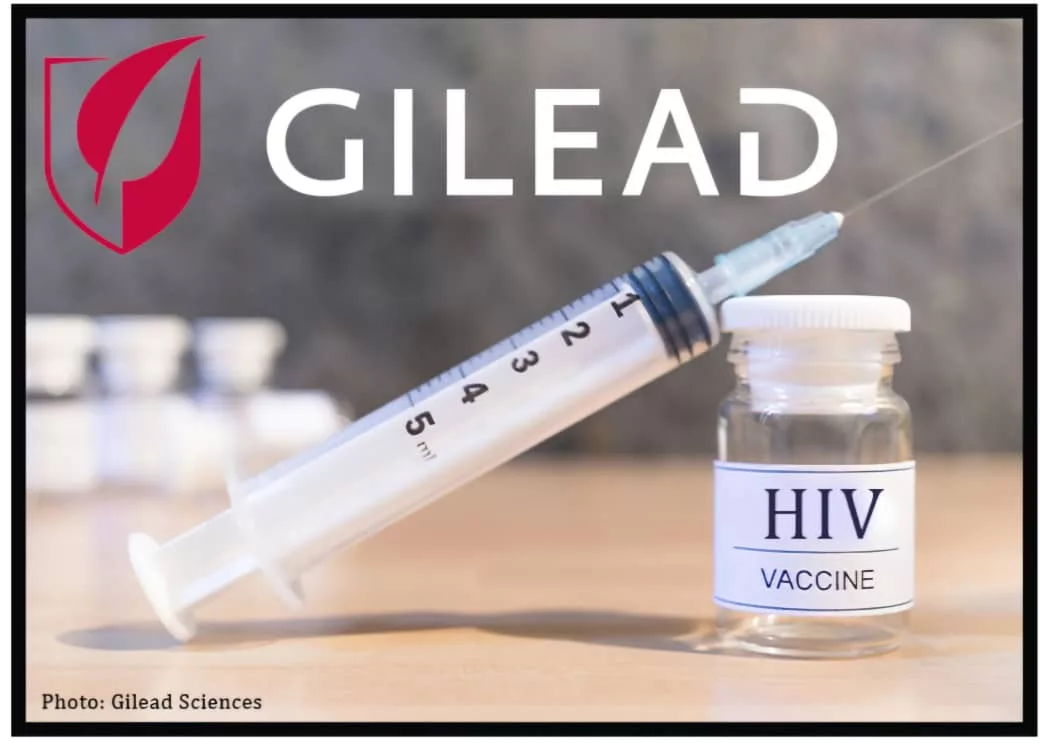|
Getting your Trinity Audio player ready...
|
“Nothing for us without us” goes a popular saying that is proving to be central in the quest to win the fight against HIV – a situation that has seen the country embracing and involving youths on this important journey that has made Zimbabwe achieve one of the sharpest declines in HIV prevalence in Southern Africa.
Mr Sebastian Manjengwa, the District AIDS Coordinator for Marondera said the district has prevalent rates that are higher than the national and provincial prevalences since it is standing at 17% (19% male, 14% female).
This has led the National AIDS Council (NAC) to embrace programmes targeting the youths with HIV interventions. These include the Determined, Resilient, Empowered, AIDS-free, Mentored and Safe (DREAMS) partnership – an ambitious public-private partnership aimed at reducing rates of HIV among adolescent girls and young women (AGYW) in the highest HIV burden countries; as well as the Sista2Sista mentors that deliberately mobilises girls aged between 10 and 24 years within their communities and encourage them to join the club, among other interventions.
NAC is working with Africaid Zvandiri, “As I am”, a programme meant to transform young lives through peer connections to assure health, happiness, and hope. It was started 18 years ago with six young people living with HIV who wanted more than just the medicines and clinic visits. They established a support group that has evolved into the Zvandiri model of community, clinic, and digital health services, in partnership with governments, to deliver services to young people living with HIV.
The Zvandiri evidence-based model connects young people with trained, mentored peers to provide a holistic approach that is innovative and ensures sustainable impact. Zvandiri started in Zimbabwe and has been adopted and scaled in 8 countries with 1600 trained peers called Community Adolescent Treatment Supporters or CATS. Its goal is to expand the Zvandiri model to 20 countries by 2030 to deliver health, happiness and hope to 1 million young people living with HIV.
“Through the partnership with Zvandiri, we intend to increase the number of young people being taken on board in terms of treatment. In the first quarter of 2021, we have already reached 3 500 children and adolescents between the 0-24 years age group,” Mr. Manjengwa said.
Marvin Musekiwa, a Zvandiri volunteer, said he provides psycho-social support, counselling, and referrals to his peers living with HIV.
“Peer-to-peer support is an effective method of encouraging children and adolescents living with HIV to be on treatment. Under Zvandiri, we do mental health screening. We can also refer our peers to mental health specialists like primary care counsellors and child care workers. This has proven to work well among children born with HIV who might have contracted HIV through mother-to-child transmission (PMTCT) commonly referred to as vertical transmission. Others may have contracted HIV through being raped (horizontal transmission).
“During the lockdown, we offered mobile health support. While there were restrictions in movement, we wrote letters for our peers to be allowed to travel to access treatment. We could also send reminders through SMS on mobile phones hence there were isolated cases of defaulters on treatment. As Marondera District, we have a target of reaching 1 500 children and adolescents. So far, 1 141 children and adolescents have been supported,” Musekiwa said.
Sharon Mutanga (not real name) a female Zvandiri volunteer, encouraged parents and guardians to find ways of disclosing the HIV status of children and adolescents.
“As a CATS volunteer, I encourage everyone to get tested. I also appeal to parents and guardians to disclose the HIV status of children and adolescents. The index case finding also identifies children and adolescents (0-24 years) who are HIV positive. I was born HIV positive but I have embraced it and encourage my peers to adhere to treatment so that they may not be prone to other opportunistic infections that may exacerbate their poor immunity,” Mutanga said.
The country has since been on a positive trajectory towards ending AIDS by 2030 as outlined in the UNAIDS report titled Fast Track: Ending the AIDS epidemic by 2030. The report outlines ambitious new targets to end the AIDS epidemic by 2030 and prevent nearly 28 million new HIV infections and 21 million AIDS-related deaths.
The Zimbabwe Population-based HIV Impact Assessment (ZIMPHIA 2020) found that 86.8 percent of adults living with HIV were aware of their status and of those aware of their status, 97.0 percent were on antiretroviral treatment. Among those on treatment, 90.3 percent achieved viral load suppression.
According to the survey, the rate of annual new HIV infections among adults in Zimbabwe is 0.38 percent (0.54 percent among women and 0.20 percent among men) or approximately 31,000 persons over a year. The prevalence of HIV among adults was 12.9 percent, which corresponds to approximately 1.23 million adults in Zimbabwe living with HIV in 2020. Generally, the survey found that HIV prevalence was higher among women than men (15.3 percent vs. 10.2 percent).
Over 90 percent of people on antiretroviral treatment in Zimbabwe are virally suppressed, which keeps them healthy and effectively eliminates the possibility of sexually transmitting HIV to their partners,” said Dr. Michael Melchior, Country Director, Centers for Disease Control and Prevention (CDC) Zimbabwe. “The survey also shows that ongoing prevention efforts must be focused on young men and women. “ZIMPHIA 2020 allows us to target our efforts towards finding and linking identified populations to treatment and prevention services.”






